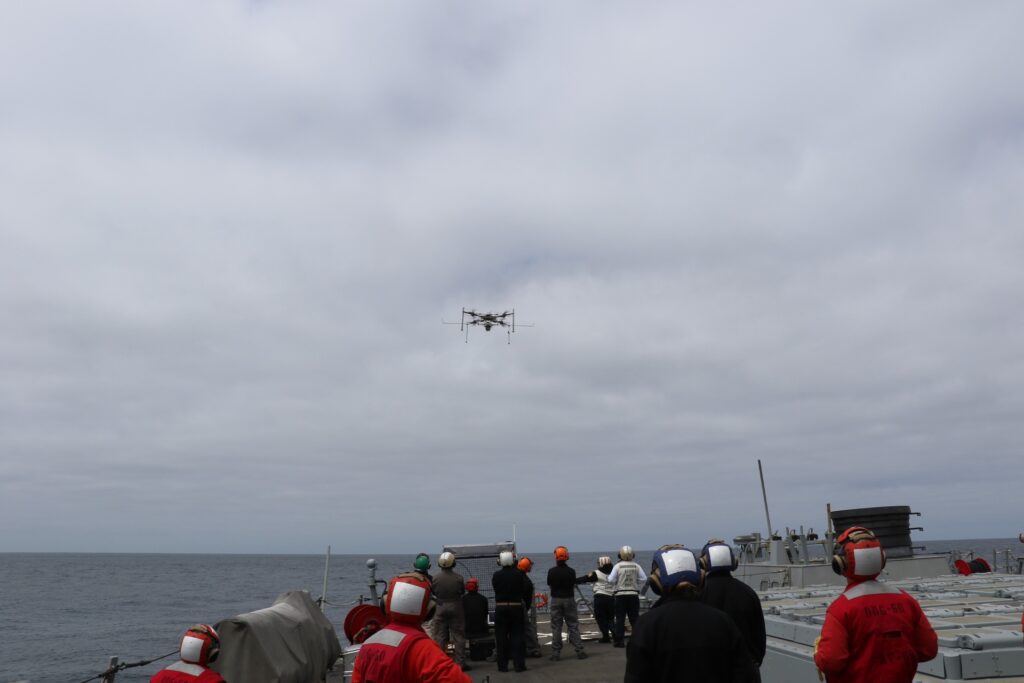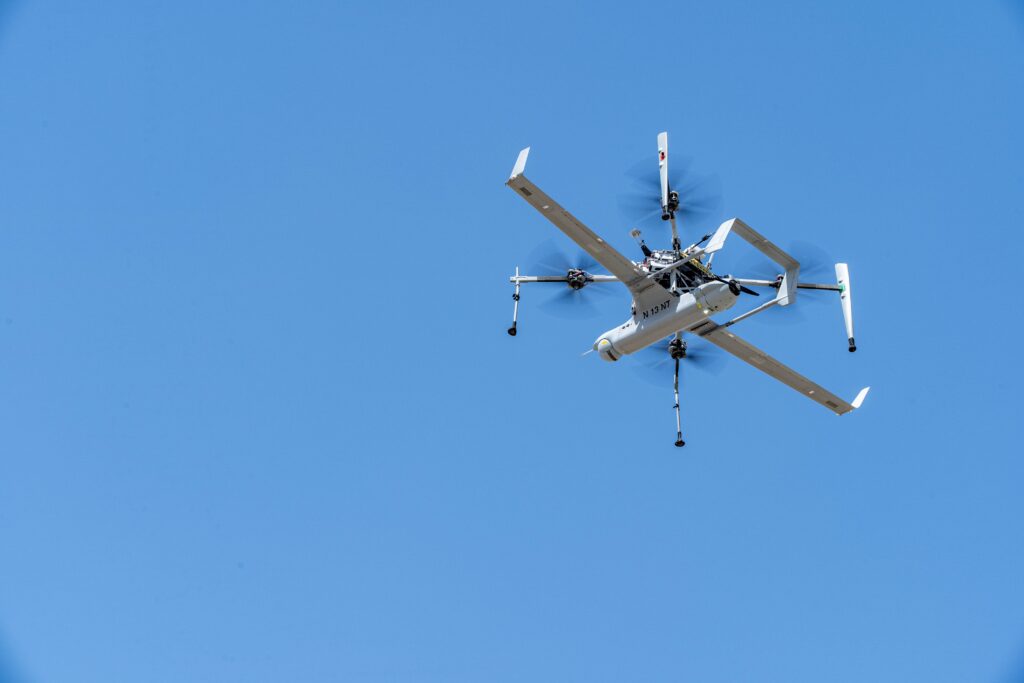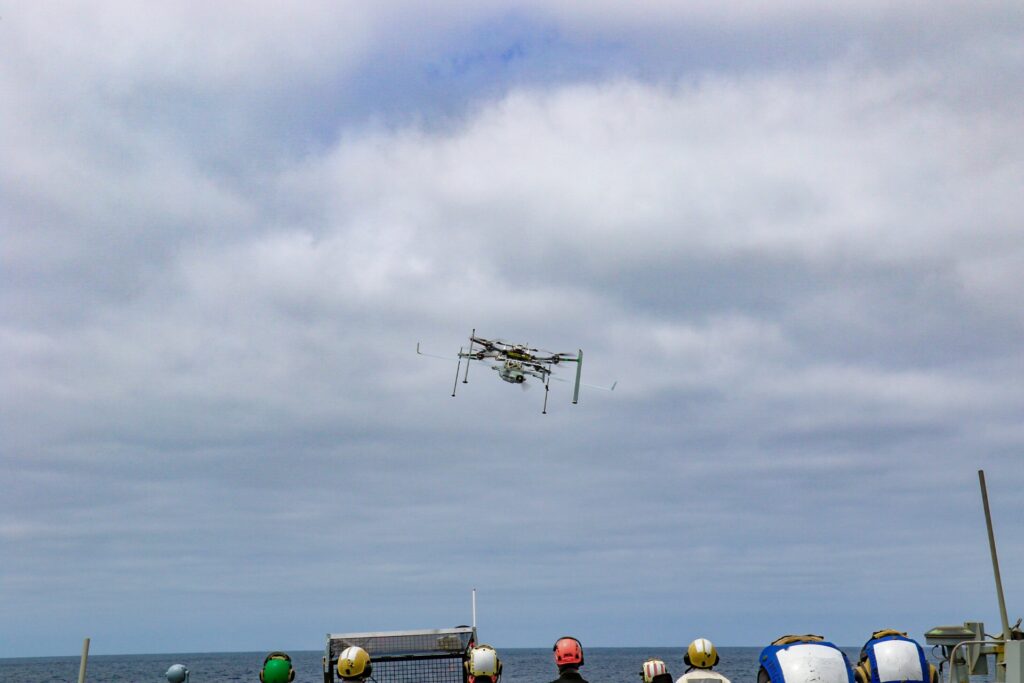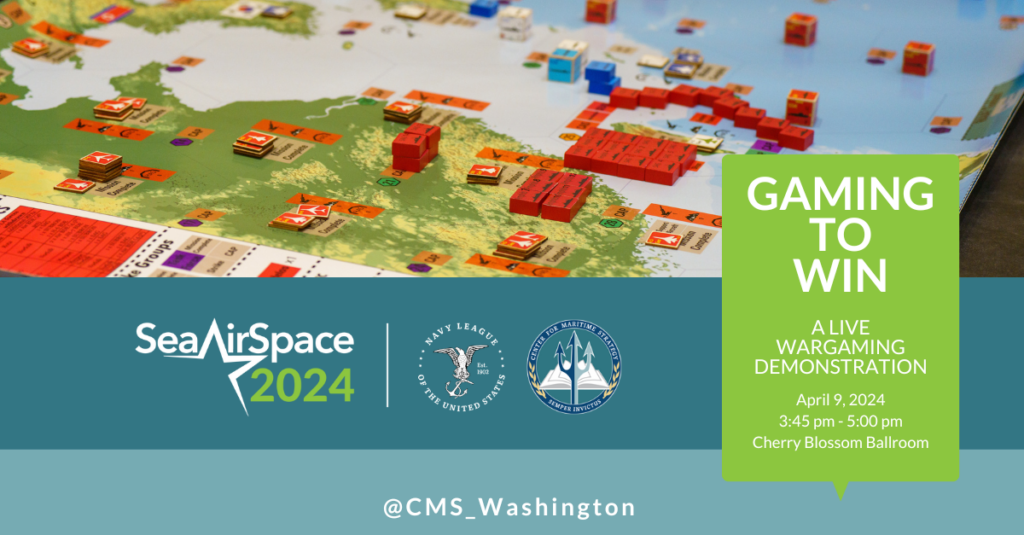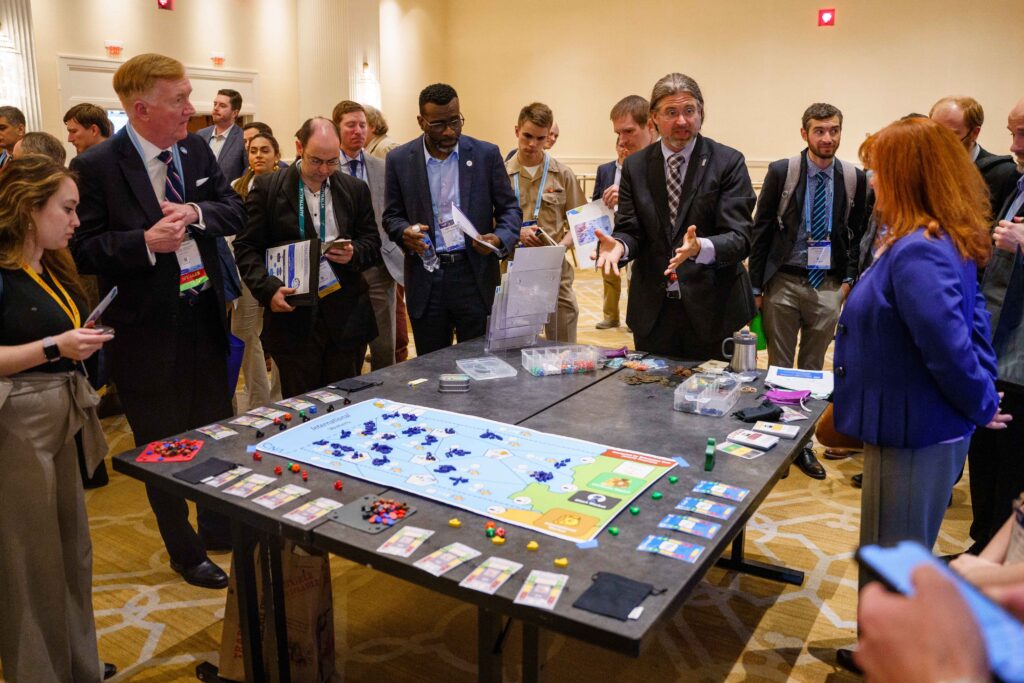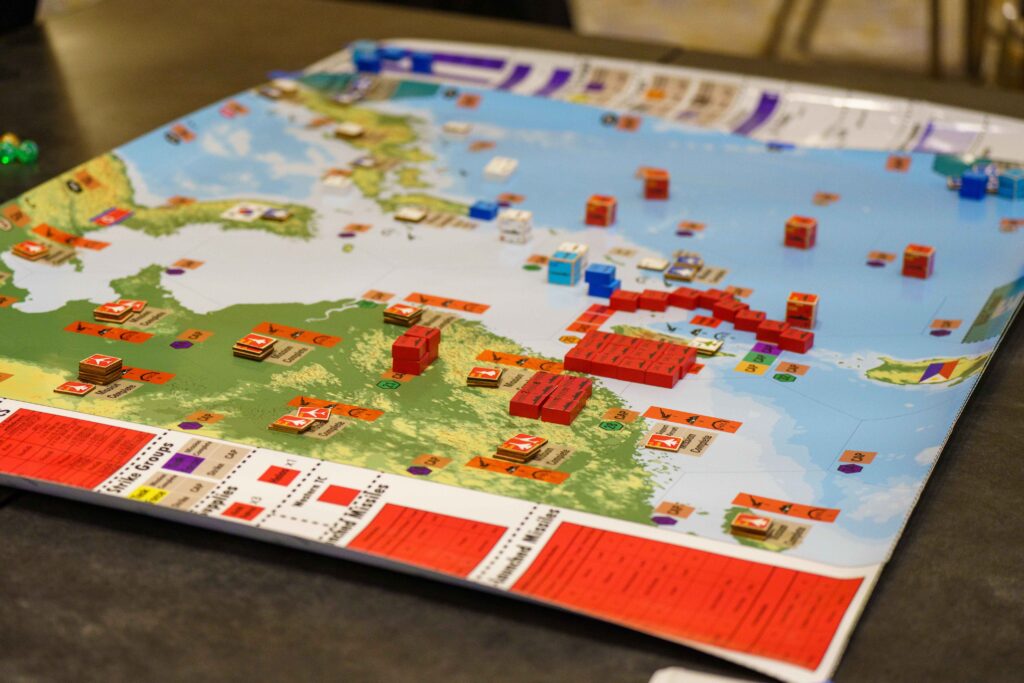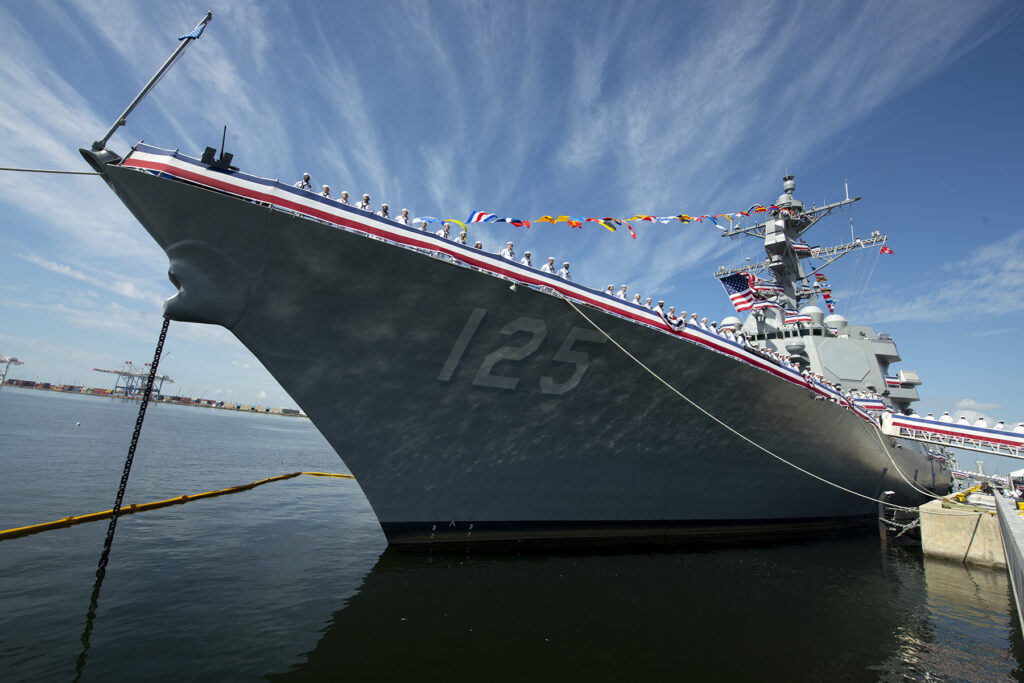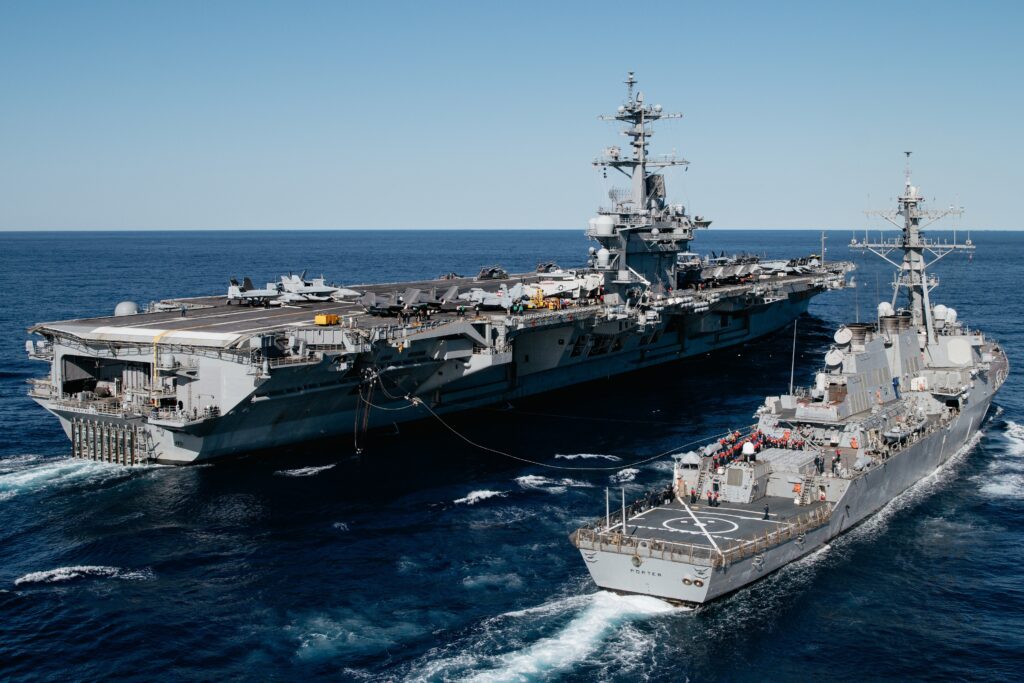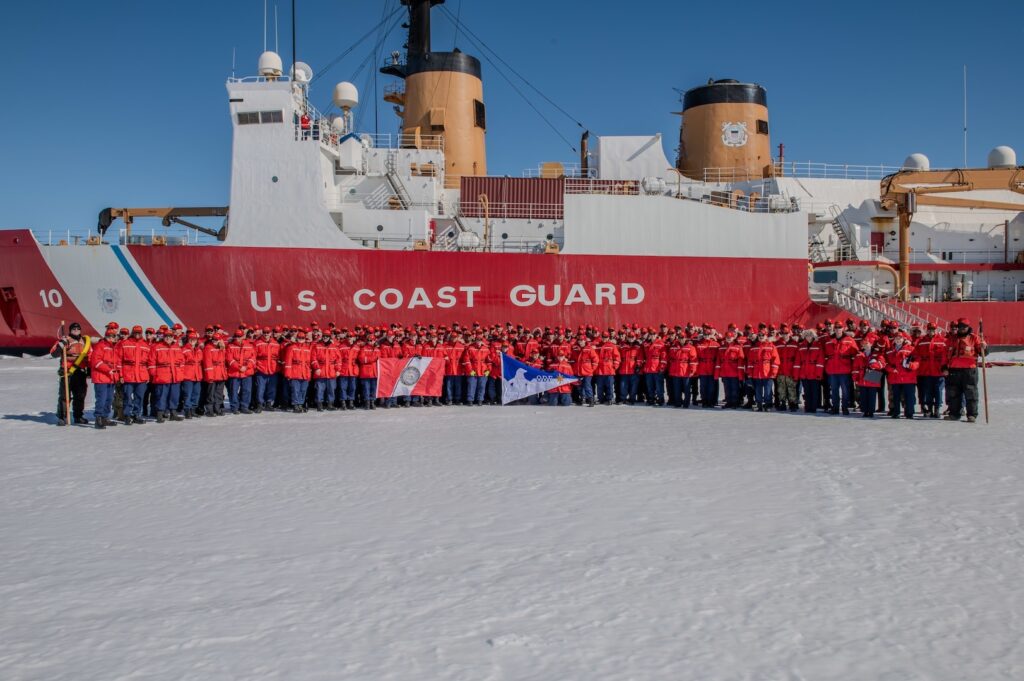Naval Supply Systems Command introduces Naval Sustainment System- Supply 2.0
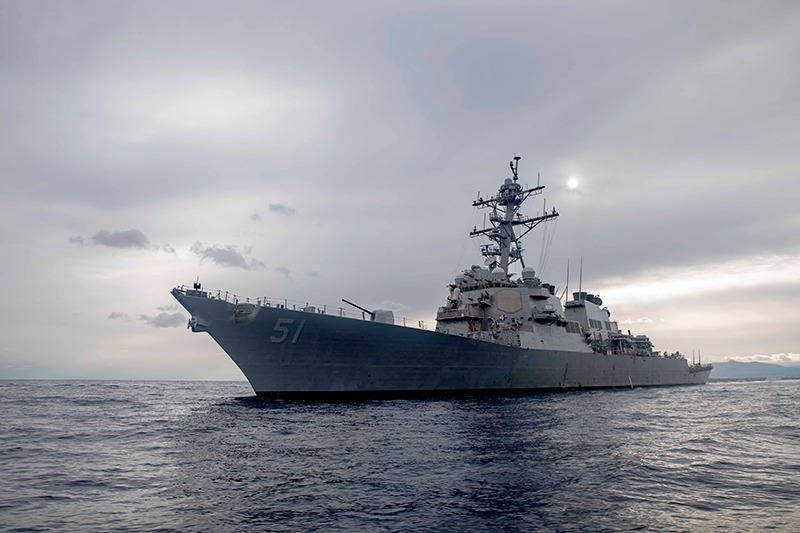
By Kirk Engler and Melissa Olson
Naval Sustainment System-Supply (NSS-Supply) 2.0 is focused on delivering fleet outcomes and supply’s contribution to fleet readiness, whereas NSS-Supply’s original focus was to capture supply chain value.
Navy fleet readiness goals fall into three categories: Subsurface, Surface, and Aviation, allowing NAVSUP to focus on supply’s contribution to meeting fleet readiness goals.
How? NSS-Supply uses the “Agile” framework driven by data analytics. NSS-Supply is currently analyzing data to see what supplies are keeping the Surface Warfare community from reaching their North Star readiness target of 75 mission capable ships. A good example is the targeting of on-board sparing for systems that have outdated spares modeling. Getting the right mix of spares on board increases readiness and improves endurance.
Simply stated, NSS-Supply 2.0 moves away from a monetized-value calculation to a readiness calculation directly linked to fleet readiness goals.
NSS-Supply is built on the CNO’s priorities of warfighting, warfighters, and the foundation that supports them. The essential element is the Agile approach which quickly assesses problem areas and rapidly deploys innovation into the E2E supply chain using the Get Real, Get Better mindset to deep-dive supply chain issues that accelerate the Navy’s warfighting advantage.
Initiatives are built from the Chief of Naval Operations, Navigation Plan Implementation Framework (NIF) priorities and objectives. Additionally, Performance-to-Plan (P2P) is inculcated in the NSS-Supply culture to drive baseline Get Real readiness performance and NSS-Supply is the Get Better engine that allows accountable commanders to implement world-class readiness solutions across the Navy’s E2E supply chain.
NSS-Supply has undertaken 33 initiatives since 2021. The following examples provide a few highlights:
- Achieved average RTAT reduction of 40% in aviation and 30% in maritime repairs.
- Established first Regional Maintenance Center reoccurring repair agreements to repair 104 parts for wholesale stocking.
- Increased nuclear submarine capabilities through improved spares pool health and enhanced policies to increase critical submarine parts inventories.
- Engaged key suppliers to improve contract performance, expanded contract strategies, and improved inventory performance.
- Built and implemented E2E Naval Shipyard Supply Chain Management tool to significantly improve submarine material support.
NSS-Supply continues to tackle supply chain initiatives directly supporting the warfighter as a multi-year journey to transform the end-to-end supply chain and provide the sustainment outcome the fleet needs that responds to the VCNO directive that designated the Commander, Naval Supply Systems Command as the Navy’s E2E Navy Supply Chain Integrator.
CDR Kirk Engler is director of Naval Sustainment System – Supply, Naval Supply Systems Command and Melissa Olson is deputy director.

